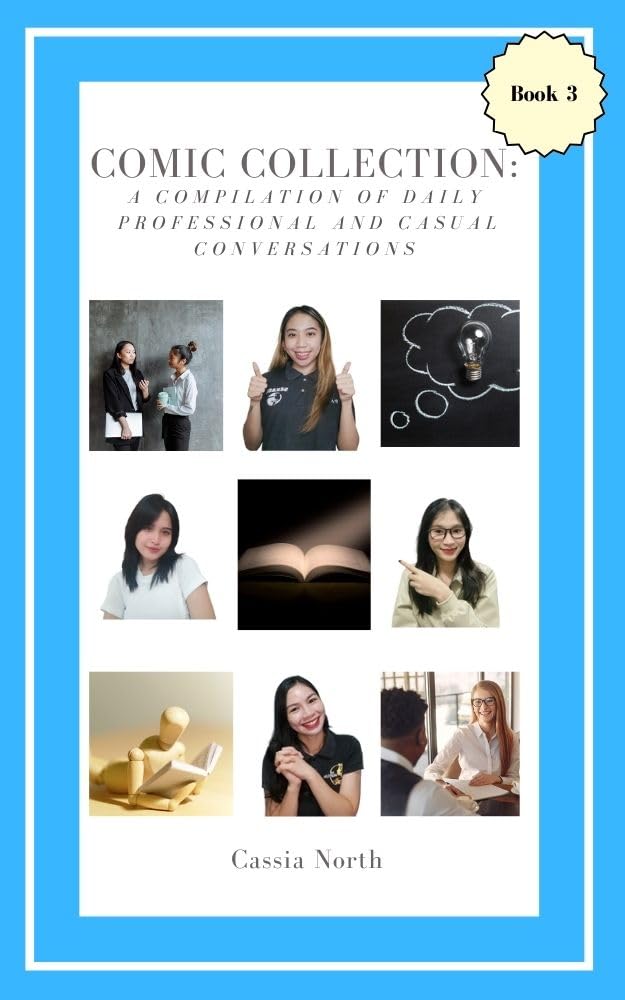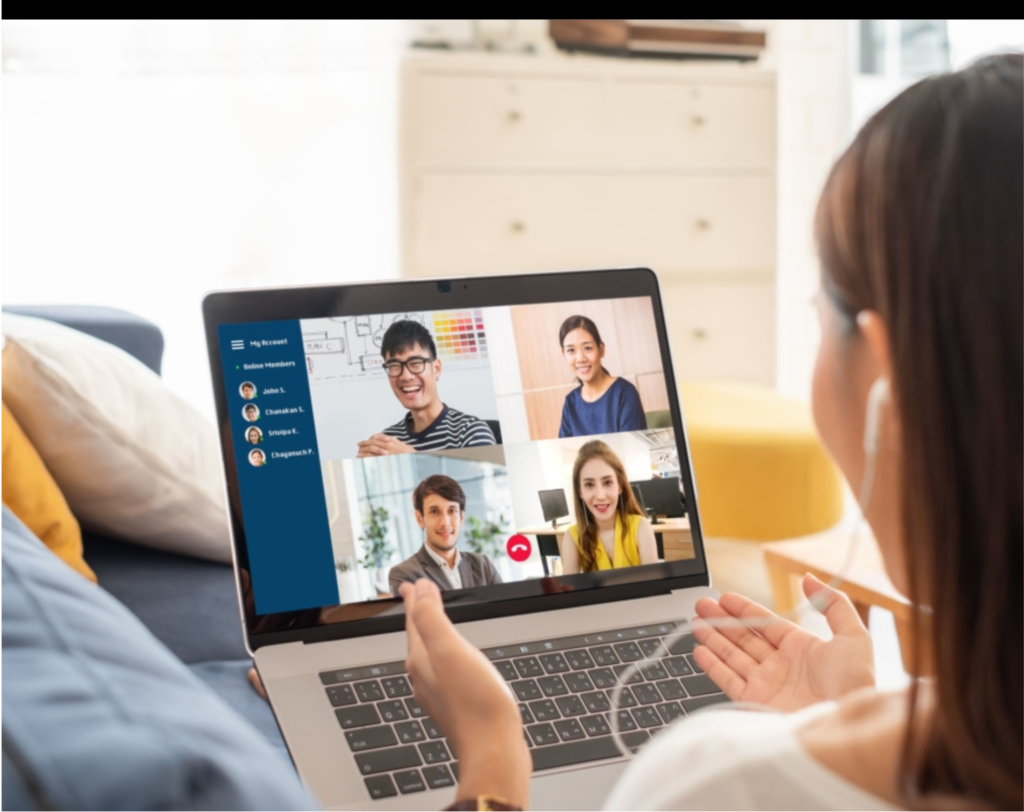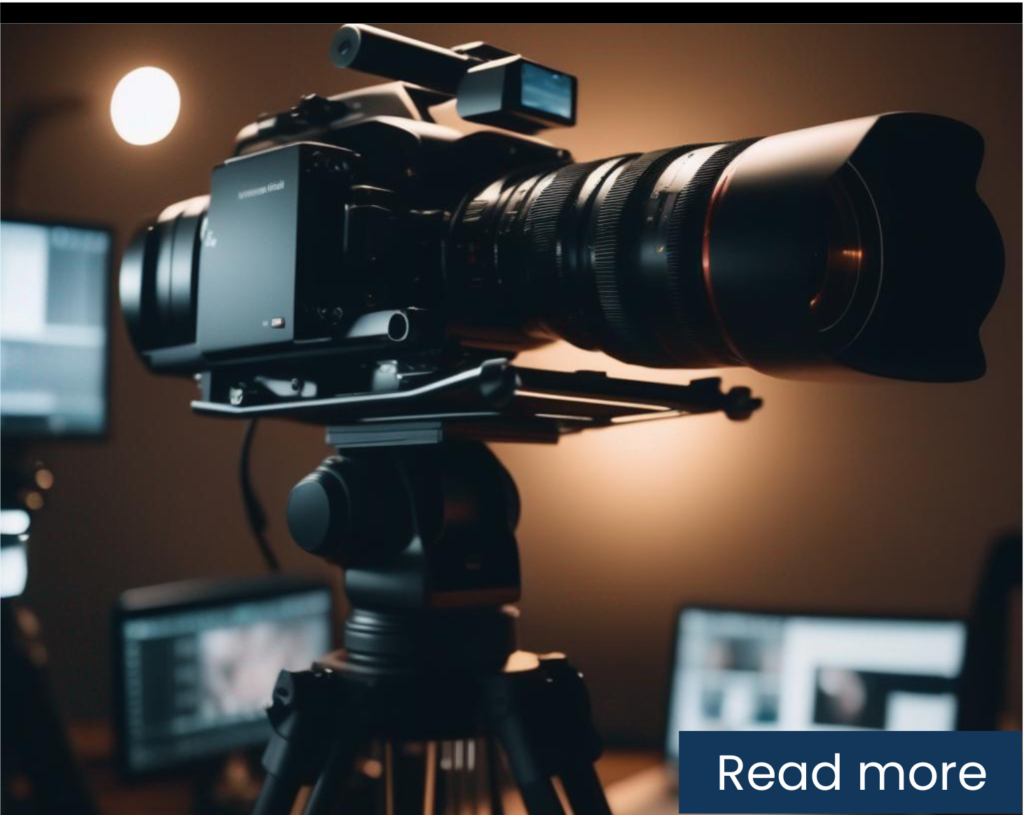Practical Tips for Effective Usage
Understanding Time Relevance: Use the Present Perfect Simple for actions that occurred at an unspecified time before now or for situations that started in the past and are still true. Remember, the focus is on the result or relevance to the present.
Appropriate Contexts: Utilize this tense when discussing life experiences, changes over time, or completed actions with present relevance.
Use with Time Expressions: Familiarize yourself with time expressions commonly used with the Present Perfect Simple, such as ‘ever’, ‘never’, ‘since’, ‘for’, ‘yet’, and ‘already’.
Common Mistakes and Strategies to Avoid Them
Wrong Verb Form: Ensure you use the past participle form of the verb. Regular verbs typically end in -ed, but many common verbs are irregular and require memorization.
Incorrect Time References: Avoid using the Present Perfect Simple with specific past time references. Phrases like ‘last year’, ‘in 2010’, or ‘yesterday’ require the Past Simple tense.
Overuse: Be cautious of overusing the Present Perfect Simple. Assess if the action or situation genuinely requires this tense or if another tense like the Past Simple or Present Simple is more appropriate.
Distinguishing from Other Tenses
Present Perfect vs. Past Simple: The Past Simple is used for actions completed at a specific time in the past. The Present Perfect Simple is used for actions without a specific time or those affecting the present.
Present Perfect vs. Present Perfect Continuous: The Present Perfect Simple focuses on the result or completion of an action, while the Present Perfect Continuous emphasizes the duration or ongoing nature of the action.
Practice and Application
Regular Practice: Incorporate the Present Perfect Simple into your daily conversations and written communication where appropriate.
Language Exercises: Engage in exercises that focus on converting sentences from the Past Simple to the Present Perfect Simple and vice versa to understand their differences.
Reading and Listening Comprehension: Pay attention to the use of the Present Perfect Simple in various texts, movies, and conversations to understand its application in different contexts.
Conclusion
Mastering the Present Perfect Simple tense is essential for expressing actions and experiences relevant to the present. By understanding its proper use and common mistakes, and through regular practice, you can significantly improve your proficiency in English grammar. This understanding not only enhances your grammatical accuracy but also enriches your ability to express experiences and actions with appropriate temporal context.








